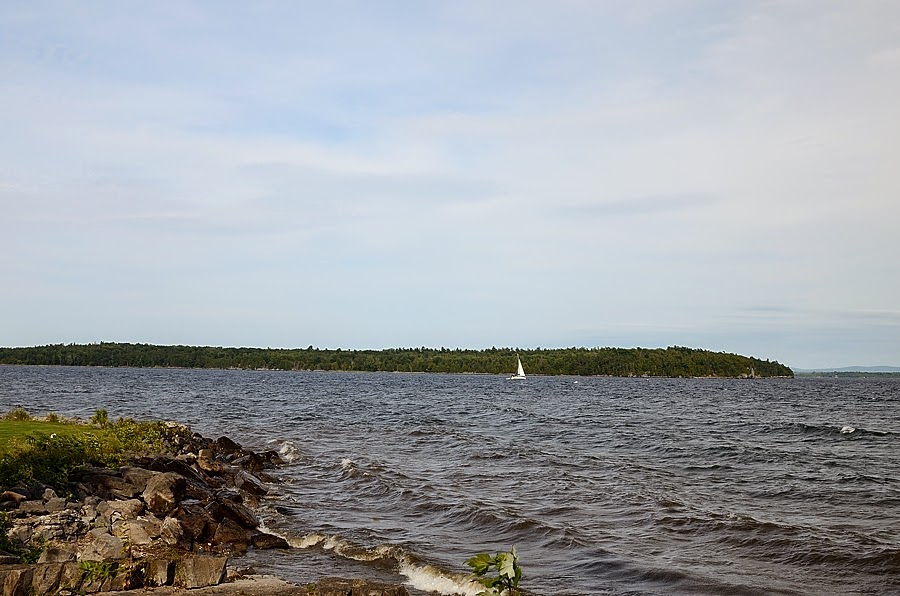At Sandy Hook, New Jersey is the Halyburton Memorial:
Sandy Hook is a finger-like peninsula extending north towards New York City, separating Raritan Bay from the Atlantic Ocean. Location of a lighthouse and several actions during the Revolutionary War, it was also the embarkation point for British General Henry Clinton in the withdrawal across New Jersey following the Battle of Monmouth.
As the British were evacuating American nation following the peace treaty, on December 31, 1783, Lieutenant Hamilton Douglas-Halyburton and twelve or thirteen British crewmen (sources vary) went in search of a group of deserters. Reports indicate a blizzard enveloped them, and they all died. They were buried in a mass grave on Sandy Hook, where Halyburton's mother caused a monument to be erected. Their graves were vandalized; discovered years later, their bones were relocated to Brooklyn and in 1937 the present memorial was erected by the Civilian Conservation Corps.
Like the grave of Cornet Geary in Flemington, or the grave of Lt. Col. Henry Monckton, killed at Monmouth, the American landscape remains the final resting place for these tree British officers. Each gravesite is marked and respected, despite the fact that the war was so bitter and desperate.
Those who doubt, or fail to understand, the deep links between the United Kingdom and the United States would do well to visit these places.


































